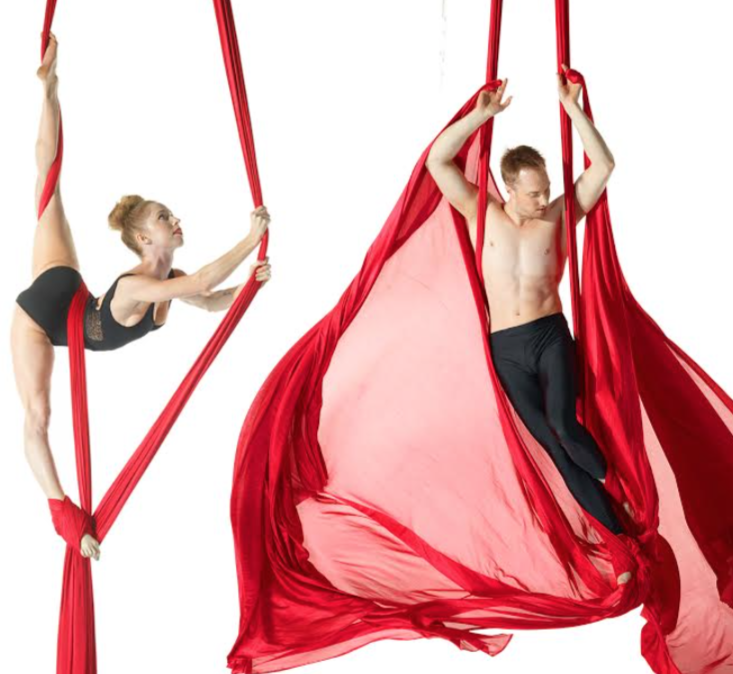With the wealth of online aerial references currently available, from YouTube to Instagram to E-books, Facebook groups etc it is easy to get lost down the often wonderful, sometimes concerning rabbit hole of aerial research.
Scrolling through your Instagram feed you may pause for a moment to watch a particularly spectacular drop from a young aerial student in London or Ecuador, acknowledging the danger factor, impressed with her courage and skill. There is something lacking, however, in the preparation and execution of the trick, it’s hard to put your finger on it, but somehow it seams almost…unfinished.
“When you take dancing lessons, you learn steps and you learn steps and you learn steps. It can go on for a long time. And then one day, you just learn to dance, and it is so different.” – Bill Austin
That missing ‘Je ne sais quoi’ is best described, at least in aerial terms, as transitions. The moments in-between tricks, the wraps, the changes in dynamics, the interesting choreography and style choices.
How much focus do you place on developing gorgeous aerial transitions?
Here are some effective tips to help you define and refine the in-between….
1. Develop Your Awareness
Every hand position, leg extension, inversion, wrap and pose is just as important as the destination (the trick you are building up to), so be sure to place just as much attention on these moments. Focus on body alignment and good form (straight knees, pointed toes!), dropping unnecessary, awkward hand grabs and smoothing out your wraps to create a sense of ease and relaxation on the apparatus.
2. Create An Intention
If you are working with music, this is easier as it can inform your choices but even if you are just starting to workshop a new trick or phrase in class or open workout, approach the apparatus with intention. What do you want to say? How do you want your audience (current, future or imagined!) to feel? Challenge yourself to invert slowly, then wrap swiftly (be sure you are confident that the wrap is correct!), changing your dynamics to create drama and interest as well as enhance the quality of your movement.
3. Drop the Self Doubt
A key factor in developing gorgeous transitions as an aerial student is CONFIDENCE. If you are in your head about looking stupid or ‘trying too hard,’ you need to shake that off lickety-split! In order to fully commit to this beautiful art form and realize your full potential you must claim your rightful place in the air! Own your style, your movements and your artistic choices. You can become the aerialist who not only has a dance bag full of spectacular tricks, but an artist that can speak and breathe life into the hearts and souls of others.







